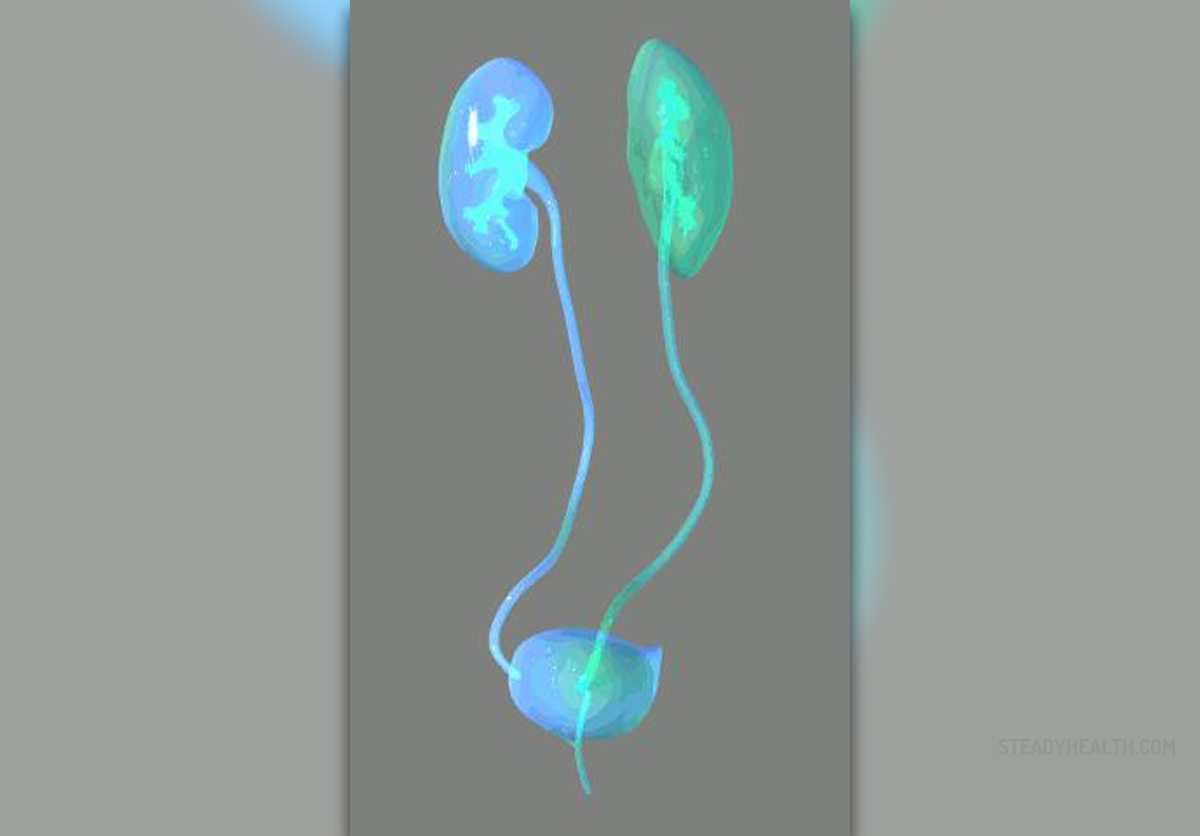
A vast number of women suffer from urinary incontinence. It is a disorder which results in involuntary urination. This urination takes place without the control of the affected person.
Therefore, this condition can be quite bothersome, since many women will find themselves negatively affected by the urinary inconsistency, being unable to spend time in public or enjoy being with their friends.
Urinary Incontinence
Women are likely to experience urinary incontinence twice more often than men are, due to the fact that they undergo menopause and pregnancy, where this condition can be an underlying side-effect.
However, women can suffer from urinary inconsistency due to some other conditions affecting them. These can be neurologic injury, birth defects, stroke, aging and the physical issues which go hand-in-hand with, multiple sclerosis etc.
Also, older women are more likely to experience urinary incontinence than younger women, even though age does not make any difference in some cases. Therefore, this condition mostly affect people on an individual level and, in order to diagnose your problem and help you get the best possible treatment, your doctor will need to examine you closely and thoroughly. Even though the treatment works differently for every single person, you can manage to have your urinary incontinence cured without the necessity for surgery.
In most cases, urinary inconsistency takes place due to nerve and muscle problems in or around the bladder. Basically, the wall of the bladder is supposed to contract during urination, moving the stored fluid into the urethra, being a tube for transferring urine out of the organism. In order for this fluid to pass through the urethra, the sphincter muscles in the area need to be relaxed. Yet, when you are holding your water on purpose, these muscles prevent it from leaving your body, unless you suffer from urinary inconsistency where the bladder muscles contract involuntarily.
Types of Urinary Incontinence
First of all, there is stress incontinence, where coughing, laughing, sneezing or performing any other actions which press onto the bladder lead to urination. In women, menopause, pregnancy and childbirth are the most common situations for the onset of stress incontinence.
Namely, giving birth to a child or undergoing some other processes mentioned above results in damaging the scaffolding that acts as a support for the bladder, allowing it to move lower, towards the vagina. In this position, the muscles which control urination cannot function correctly or squeeze tightly. Rather, in cases of physical stress, they release the urine. Sometimes, the week before your menstrual period may be the time which this change takes place, making you susceptible to urinary incontinence.
Urge incontinence is yet another type, manifesting through an uncontrollable, sudden urge to urinate due to improper bladder contractions. Women who suffer from this type of urinary incontinence usually urinate during the night even though they have only drunk small amounts of water, or get their urination urges once they hear the sound of tap water flowing. Naturally, taking diuretics or some medications with a similar effect can only make matters worse. Additionally, suffering from diabetes or hyperthyroidism, or Alzheimer’s, Parkinson’s, MS or stroke, all are occurrences which worsen this condition as well.
Overactive bladder is a subtype of urinary incontinence too, manifesting through the nerves sending messages stimulating urination when there is actually no need or warning for this. This condition manifests through sudden urination more than 8 times a day and 2 times a night, leakage of urine before the urge appears and frequent loss of sleep due to urination urges.
Finally, overflow incontinence takes place once the bladder gets excessively full, because it did not empty completely beforehand, usually due to nerve damage or diseases which result in weakening of the bladder muscles. Fortunately, women rarely suffer from this subtype of urinary incontinence.
Note that two types of urinary incontinence may affect a person at once, especially when it comes to stress and urge incontinence.
Treatment
As far as treatment is concerned, it may manifest through several methods, depending on the diagnosis. Training your bladder can help, being a process which teaches your organism to use the toilet at specific times during the day. The best way of achieving this is through Kegel exercises. These require Flexing the muscles in your vagina as if you were to grab a marble with this organ of yours. Note that other muscles need to be relaxed during this process. Three sets of 10 repeats per session will suffice and your bladder will improve in up to 6 weeks.
This condition can also be treated with medications such as pills which reduce high blood pressure. Also, biofeedback and neuromodulation are known to be helpful methods. Furthermore, various vaginal devices can be inserted into the vagina, preventing urinary incontinence. Finally, surgery is helpful in most cases, but is commonly considered a last resort.
Today, more than 13 million of people in the US suffer from urinary incontinence and it is twice more common in women than in men, according to a research carried out by NIDDK and NIH. In 2001, 35% of women over 65 years of age suffered from this condition. In general, over 30% of post-menopausal women suffer from urinary incontinence, along with 26% of all fertile women.
To sum up, women experience urinary incontinence more often than men. There are several subtypes of this condition and it needs to be diagnosed correctly in order for the treatment to take place on time and be successful.
- www.womenshealth.gov/a-z-topics/urinary-incontinence
- medlineplus.gov/urinaryincontinence.html
- Photo courtesy of http://lifesciencedb.jp via Wikimedia Commons: commons.wikimedia.org/wiki/File:Urinary_system_00000.gif


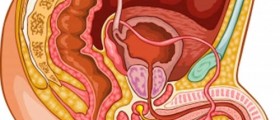
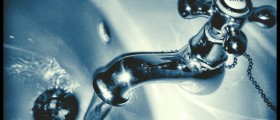


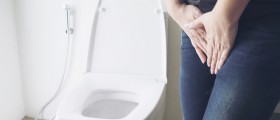
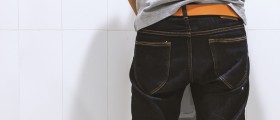

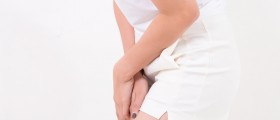
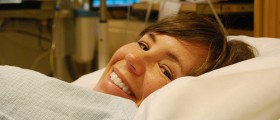

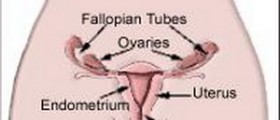



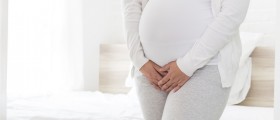
Your thoughts on this
Loading...